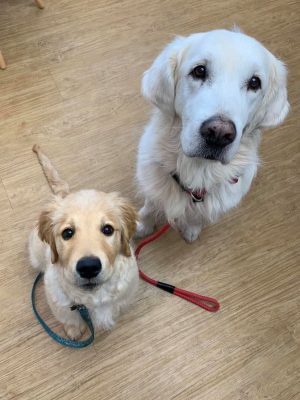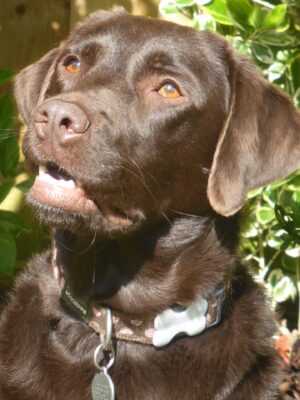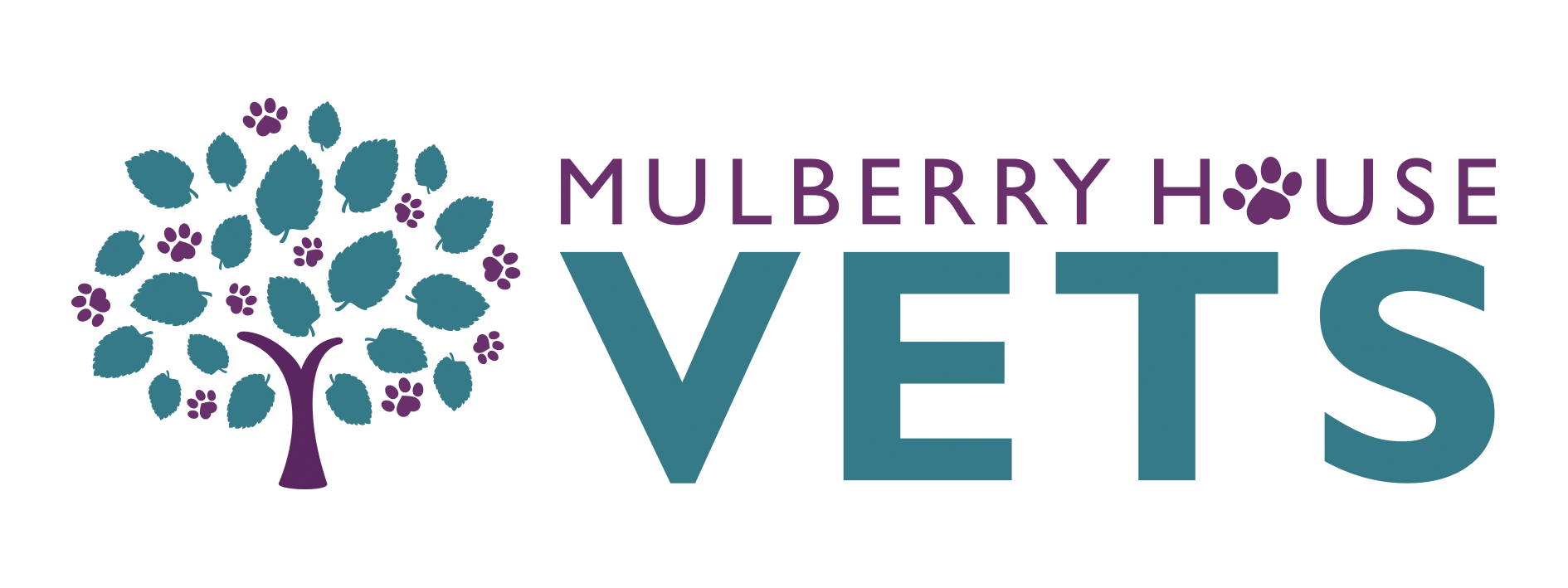What is body condition scoring?
Like people, pets come in all shapes and sizes and weight on its own is often not an accurate way to work out if your pet is in ideal condition. There are a few other things we look at when assessing a healthy body condition and you can learn to do this yourself too. This should give you an idea if your pet needs to gain some weight, is an ideal weight, or if they need to lose a few kilograms! This method of measuring body condition can be used for dogs, cats, and even rabbits.
Body condition scoring is a scale from 1 (very thin) to 9 (very obese) with 5 being an ideal score. Each score on either side of 5 represents 10%. A score of 3 would roughly indicate that your pet is 20% underweight and an 8, for example, would indicate that your pet is 30% overweight. This can often help you understand a goal for weight loss or gain and gives you a rough weight in kg to work towards.
For example, if Bob the dog is 10kg with a body score of 7, this would indicate he is 20% overweight. 20% of 10kg is 2kg. So we would try to get Bob to lose 2kg and when he reaches 8kg, he should have a body condition score of 5 which is perfect! We can help you calculate this too.
How to body condition score:
- Run your hands along your pet’s sides. The skin should ideally move freely over the ribs with a thin layer of fat. You should be able to feel the ribs with a light touch
- Run your hands along your pet’s back. You should be able to feel the spine and hip bones with a light touch but not be able to see them
- Gently feel around the base of your pet’s tail; there should not be a build up of fat
- When looking at your pet from the side, there should be tucked up area around their tummy; this should not bulge out
- When looking at your pet from above, you should be able to see a waist
Too thin:
1 – Ribs, lower spine and pelvis are very obvious from a distance. Bones visible wherever they lie close to the surface.
2 – Ribs, lower spine and pelvis are easily visible. Unable to feel any fat. Poor muscle mass. Clear waist when viewed from above and abdomen tucks up when viewed from the side.
3 – Ribs are easily felt and may be visible. Unable to feel any fat. Top of spine and pelvis are visible and an obvious abdomen tuck and waist.
Ideal:
4 – Ribs are easily felt and have little fat covering. Waist and abdominal tuck are easily seen.
5 – Ribs can be felt with a light touch. Waist can be seen behind the ribs and abdominal tuck seen from the side.
Too heavy:
6 – Notable fat layer felt over the ribs. Waist just about visible from above, tummy still rises above the ribs.
7 – Heavy fat cover of the ribs. Fat noticeable over the base of the tail, neck, and lower spine. Barely visible waist.
8 – Obese. It is not possible to feel the ribs due to the heavy fat cover. Lots of fat around the base of the tail, neck, and spine. No waist or abdominal tuck. Rounded belly.
9 – Obese. Huge amounts of fat around the chest, spine, neck, and base of the tail. Abdomen large and noticeably round.









